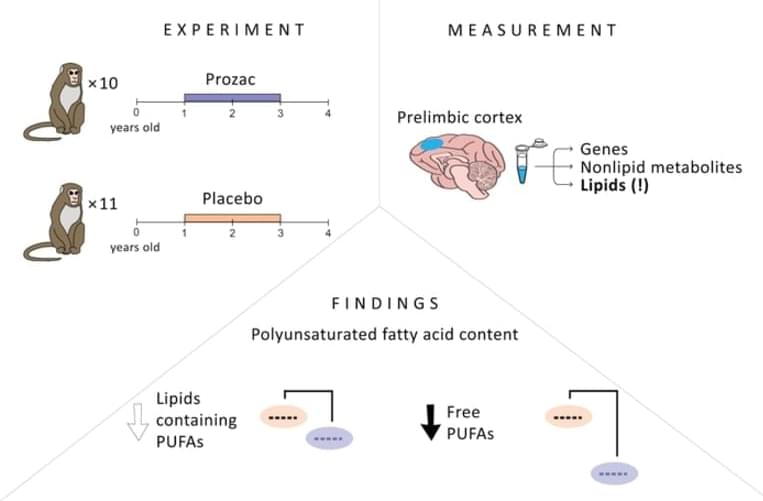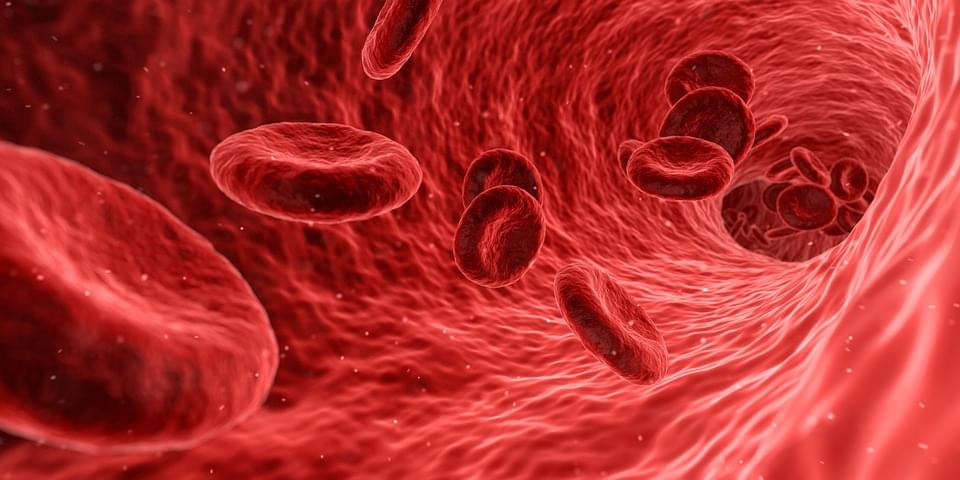Novel Cultivated Meats For Earth (And Space!) — Dr. Neta Lavon Ph.D., CTO / VP of R&D, Aleph Farms.
Dr. Neta Lavon is the Chief Technology Officer (CTO) and Vice President of R&D at Aleph Farms (https://www.aleph-farms.com/), a cultivated meat company that is shaping the future of food by growing high-quality, slaughter-free beef steaks directly from cow cells, preserving natural resources, and avoiding the use of antibiotics.
Dr. Lavon is an expert in stem cell applications in biotechnology. In her previous position as the COO of Kadimastem (KDST), she developed cell therapy products from stem cells for ALS and Diabetes.
As a researcher in Cedars-Sinai in Los Angeles, USA, Dr. Lavon established and banked 25 novel pluripotent stem cell lines.
Dr. Lavon holds a PhD, an M.Sc. in Biotechnology and B.Sc. in Food Sciences from the Hebrew University, Israel.



